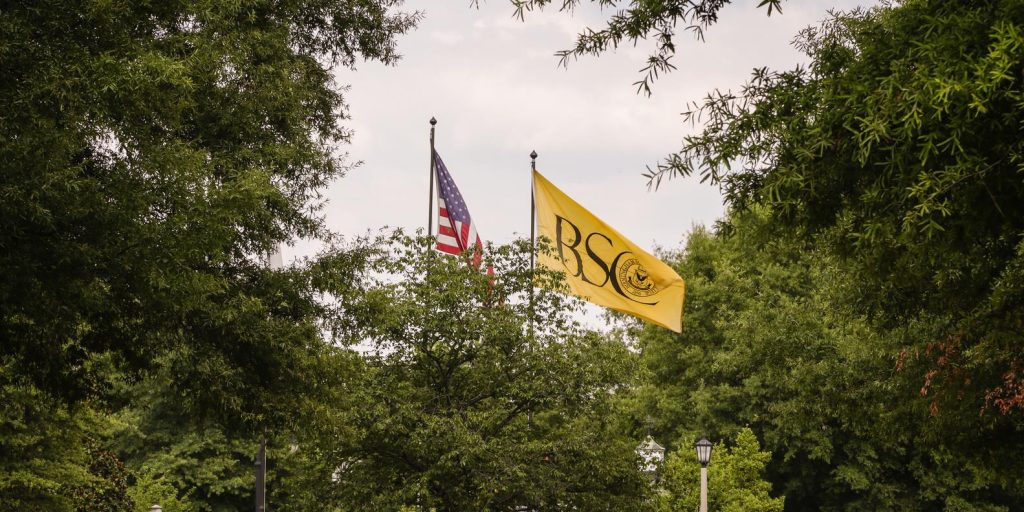Public universities in Alabama have seen the share of their revenue that comes from state funding drop by an average of 15.4 percent over the past 25 years, according to data compiled by the Chronicle of Higher Education.
Only one public university in Alabama has seen its percentage of revenue from state funding increase over the last quarter century — Alabama A&M, which has seen a 12.5% bump in the share of their revenue that comes from state support.
Alabama is one of 24 states in the country where students pay more for their tuition than states do. In the year 2000, there were only 3 such states.
In 2012, states paid an average of $5,906 per student and students paid $5,189. But in Alabama, the state paid $5,195 per student, while the students paid an average of $7,589.
“The rise of for-profit colleges, changes in federal student aid, and the demise of state funds for public colleges and universities have helped produce these circumstances,” said Suzanne Mettler of the Chronicle of Higher Education.
Mettler is a vocal advocate for increased funding for higher education.
“Today we see college degrees as investments that yield benefits only to individuals,” she said. “But when the United States was founded, public officials promoted higher education because it mattered for the public. They strongly believed that by encouraging and subsidizing advanced learning, the nation would foster the knowledge, creativity, dynamism, leadership, and skills that would spur economic growth, technological innovation, and social advances.”
States gave a total $81.3 billion to public colleges in the 2012 fiscal year, about half what they spent on elementary and secondary education, but more than they provided for roads or prisons.
“State money for higher education is going up in absolute terms over time,” wrote Sara Hebel, assistant managing editor of the Chronicle. “But it is not keeping up with inflation and with increases in enrollment. When measured per student, state spending on instruction at public colleges is at its lowest since 1980 (adjusted for inflation)”
However, not everyone agrees that the government should increase its spending on public higher education. In fact, in a theory first publicly expressed by William Bennett, Secretary of Education under President Ronald Reagan, government subsidies could actually be making college more expensive for students.
Dylan Matthews of the Washington Post explained the Bennet hypothesis in an article last year.
“The hypothesis goes like this,” he explained. “Let’s suppose that a college is totally free. No tuition, no fees, no nothing. Then the federal government comes around and says, ‘We’re giving every college student $5,000 a year in tuition.’ The college would have to be run by idiots to not immediately jack tuition up to $5,000. That’s free money!”
Whatever the reason, college tuition costs have skyrocketed in recent years, and have far outpaced the rate of inflation. In addition to that, almost 40 million U.S. citizens are saddled with well over $1 trillion in student loan debt.
“Americans are losing the will to pay for their public colleges,” concluded Hebel. “They still view a higher education as essential for their personal prospects, for getting a good job and achieving financial security. But they don’t want states spending more of their money or raising their taxes to sustain the campuses that educate the majority of the nation’s students.”
So what do you think? Should government further subsidize college tuition, or would prices go down if the government got out of the way?
To compare Alabama to other states, visit the Chronicle for Higher Education’s site.
Follow Cliff on Twitter @Cliff_Sims








